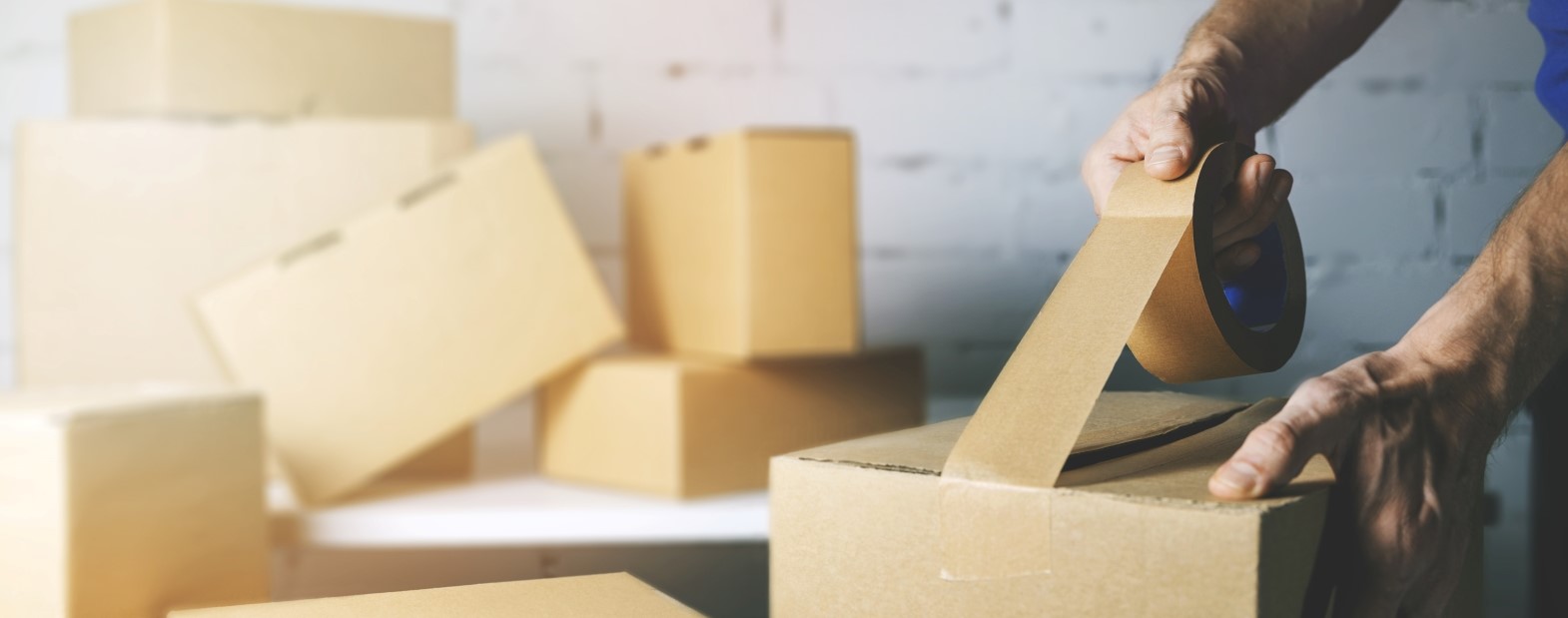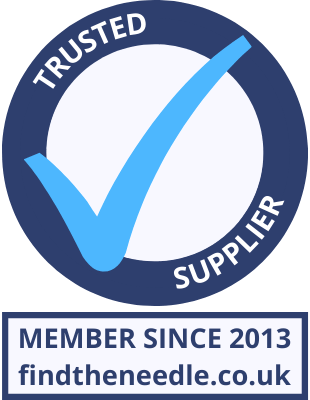 Add My Company
Add My Company

Packing Tape: A Comprehensive Overview and Guide There are so many types of packing tape on the market that it can often be hard to know which tape is the best. The fact is, no one tape is perfect for every application. Lets demystify this subject by looking at the options available with their pros and cons. Packing tape: plastic vs. paper Packing tapes fall into two main groups. The larger percentage of packing tape currently used is plastic tape, while gummed paper tape is growing in popularity for its environmental and tamper-evident characteristics. Between the two is self-adhesive paper tape that uses the same pressure-sensitive adhesive as plastic tape. There are several reasons why plastic packing tape is preferred to gummed paper tape: It is cheaper to manufacture. It has a higher tensile strength than paper tape. It weighs less and takes up less space than paper tape, making it cheaper to store and transport. This significantly reduces the carbon footprint of its distribution compared with paper tape. It produces a lower volume of post-consumer waste than its heavier, bulkier paper alternative. It is more tolerant of humidity than gummed paper tape, which can be ruined if the water-activated adhesive is exposed to moisture during storage or transportation. However, gummed paper tape also has clear benefits: It has excellent environmental credentials (the tape is made from 100% natural, renewable kraft paper from sustainable sources and the adhesive is made from vegetable starch). The starch-based adhesive creates a permanent bond between the tape and the carton that increases the cartons rigidity. It also performs better than pressure-sensitive adhesives when applied to low-quality or dirty cartons. This permanent bond is also very tamper-evident, compared with pressure-sensitive adhesives that can be softened with heat to allow the tape to be temporarily removed and then reapplied with no visible trace. Sitting between them is self-adhesive paper tape. This is also made from 100% natural kraft paper but uses a similar pressure-sensitive adhesive to plastic tapes. Its advantages are: It doesn�t use petrochemicals. It can be easily recycled along with cardboard. It can be used with conventional hand-held tape dispensers like plastic packing tape. Plastic packing tape: what are the options? Plastic packing tape is made from polypropylene or vinyl film coated on the back with a pressure-sensitive adhesive. While most packing tape is brown or clear, pre-printed are also useful if consignments have special handling or processing requirements. Polypropylene packing tape Also known as PP packing tape, this is the most widely-used packing tape as it is cheaper to produce than vinyl tape. General-purpose polypropylene tape tends to have a thinner plastic film which is suitable for office and light-duty sealing. Premium polypropylene tape has a thicker plastic film and an adhesive with a higher tack that makes it stick more aggressively to cartons, even if they are made from lower-grade recycled cardboard. This makes it a good alternative to more expensive vinyl tapes, particularly as it is more easily recycled than vinyl. Some premium polypropylene tapes also feature a low-noise adhesive, making them morebsuitable for noise-sensitive environments, and unlike cheaper polypropylene tapes they are finger-tearable. High-performance polypropylene tapes also offer excellent low-noise performance, coupled with a longer roll length (150 metres compared with a standard length of 66 metres) that means fewer roll changes in a high-use environment. As high-performance rolls have a smaller core diameter than conventional packing tapes they use a special hand dispenser. to read the full artical please follow the link below
For more information on Packing Tape: A Comprehensive Overview and Guide talk to Westmount Packaging Ltd

